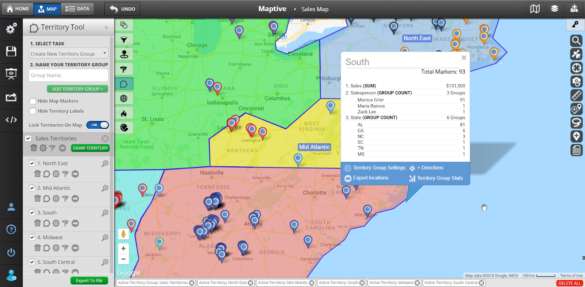
Sales territory mapping is critical to the success of a sales team. By creating accurate maps of potential customer territories, a sales team can more efficiently plan their time and resources, saving both time and money. In addition, by reducing wasted time traveling to potential customers who may not be interested in their product or service, a sales team can focus on more promising leads, resulting in increased profits.
Table of Contents
Sales territory mapping divides a sales force’s potential customers among individual representatives or teams. This process allows for a more efficient allocation of resources and helps to ensure that no potential customers fall through the cracks. When creating a sales territory map, factors such as customer location, purchasing patterns, and competition may be taken into account. Sales managers may also consult with individual representatives to ensure that territories are fairly balanced in terms of workload and potential profitability. Through careful planning and regular review, sales territory mapping can greatly improve a company’s ability to meet its sales goals.
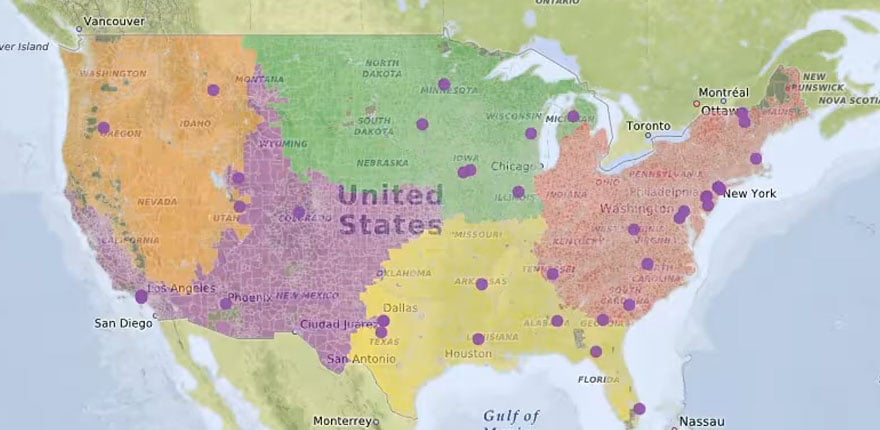
In business, a sales territory is an assigned area of geographic responsibility in which a salesperson or team is expected to generate revenue. Typically, businesses will use territory design to delineate areas for new salespeople or teams and realign territories following changes in demand or market conditions. The goal of territory design is to create efficient and effective coverage of a market while also maximizing opportunities for growth and profitability.
A number of different factors need to be considered when designing sales territories, including the size and characteristics of the target market, the relative mix of products and services being sold, the type of customers being served, and the competitive landscape. An experienced territory designer will also take into account the unique selling points of the company’s products and services, as well as the capabilities and limitations of the sales force. By considering all of these factors, businesses can ensure that their sales territories are optimally designed to achieve desired results.
Sales teams can benefit from sales territory mapping in a number of ways. First, it can help to identify areas that are ripe for development. By analyzing customer data, sales teams can pinpoint areas with growth potential. In addition, sales territory mapping can help to optimize routes and improve efficiency. By planning out territories in advance, sales teams can avoid wasting time on dead-end leads or customers that are out of their territory. Finally, sales territory mapping can help to increase motivation and productivity by providing clear goals and targets for sales reps. When sales reps clearly understand their territories, they can work together more effectively to achieve their targets. As a result, sales territory mapping can be a valuable tool for any sales team.

While Google Maps may be a helpful tool for finding your way around town, it falls short when it comes to sales territory mapping. Unlike specialized mapping software like Maptive, Google Maps does not have the ability to show demographic data or create territories within geographic boundaries. It also has limited routing options. With vanilla Google Maps, you are limited on the number number of stops you can have in a route. Another limitation with Google maps is on the number of map layers you can create. With Google Maps, you are limited to 10 layers. And forget about being able to filter data within territories to identify unbalanced sales territories – that functionality isn’t available on Google Maps. So while it may be helpful for casual navigation, it’s not a suitable solution for professional sales territory mapping. For those purposes, dedicated mapping software is the way to go.
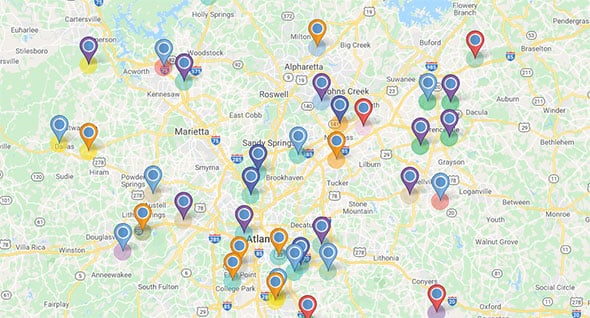
One of the most important tools for sales territory mapping is the ability to create custom regions. This allows you to divide your sales territory in a way that makes sense for your business and makes it easy to track which areas are performing well and could use improvement. Google Maps does not offer this option, making it a less-than-ideal choice for sales territory mapping. In addition, sales territory mapping often requires the use of multiple layers, such as demographic data or customer data. Google Maps only offers a limited number of layers, which can make it difficult to get the information you need to make decisions about your sales territory. For these reasons, it is important to choose a mapping tool that offers more robust features for sales territory mapping.
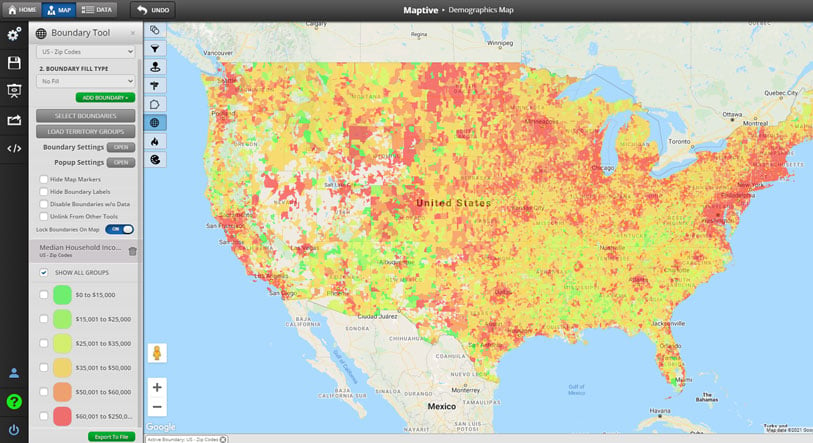
Sales territory mapping is an essential part of any sales plan. By clearly defining territories, businesses can ensure that their sales reps are working effectively and efficiently. Territory mapping also allows businesses to identify potential areas of growth and develop strategies for expanding their sales operations into new markets. Additionally, by tracking sales data over time, businesses can identify trends and patterns that may be helpful in forecasting future sales. Ultimately, sales territory mapping is a valuable tool for any business that wants to maximize its sales potential. When used correctly, it can help businesses achieve their goals and reach new success levels.
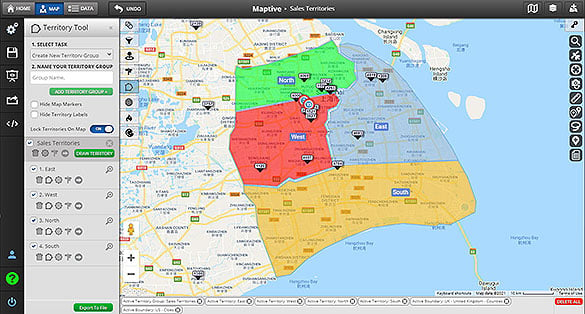
Maptive is an online mapping tool designed for sales territory mapping. Maptive offers several methods to create territory maps: 1) By geographic boundary such as zip code, county, city, or state 2) using the map drawing tool or 3) using the automated territory generation tool, which uses a patented algorithm to generate fully balanced territories based on custom-weighted factors such as sales potential, territory size, drive time and more. Maptive is easy to use and does not require any programming or GIS knowledge. Maptive can be used to create maps of customers, prospects, competitors, and more. Maptive is a powerful tool that can help businesses improve their sales performance and increase their profitability.
For more details on designing a sales territory plan, see our complete guide to sales territory mapping.
Maptive is a powerful mapping tool that allows you to create custom maps easily. Maptive is built on google maps, so you can be sure that your maps are accurate and precise. But what sets Maptive apart from other mapping tools is its ability to take your business data to the next level. With Maptive, you can visualize your data in new and innovative ways, uncover patterns and trends that would otherwise be hidden, and make better decisions for your business. With Maptive, custom maps are easy to make and can help you take your business to the next level.
With Maptive you can:
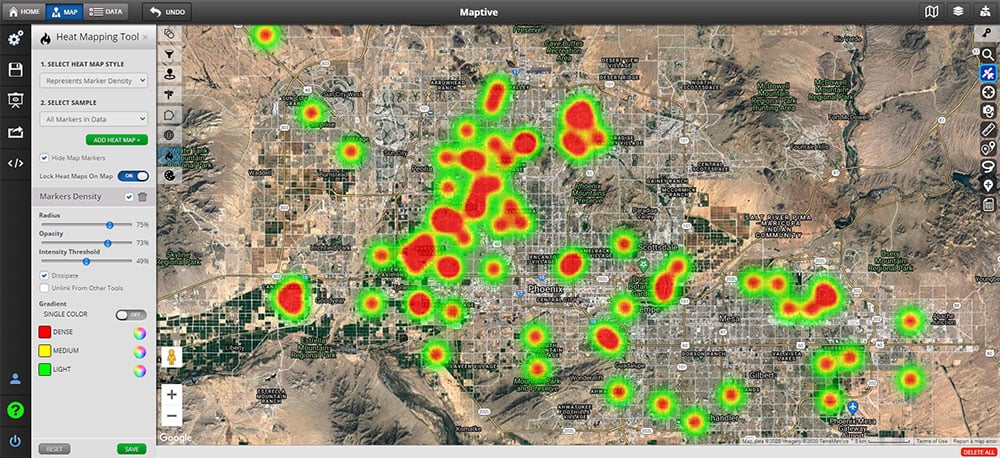
Maptive provides a suite of powerful tools for sales teams looking to optimize their efficiency. With Maptive, sales teams can quickly generate routes considering each customer’s needs. In addition, Maptive’s drive time radius tool allows sales teams to determine the best location for each salesperson in order to maximize the number of potential customers they can reach. As a result, Maptive provides powerful tools to help sales teams work more efficiently and effectively.
If you’re looking for a more sophisticated mapping tool that can help with sales territory mapping, Maptive is the right choice. With its ability to layer data on maps and create custom maps, Maptive offers unprecedented precision and accuracy. In addition, Maptive’s suite of features – such as route planning and drive time radius calculations – make it an essential tool for any business looking to optimize its sales team efficiency.
Ready to get started? Start a 10-day free trial of Maptive now!
Fred Metterhausen is a Chicago based computer programmer, and product owner of the current version of Maptive. He has over 15 years of experience developing mapping applications as a freelance developer, including 12 with Maptive. He has seen how thousands of companies have used mapping to optimize various aspects of their workflow.
